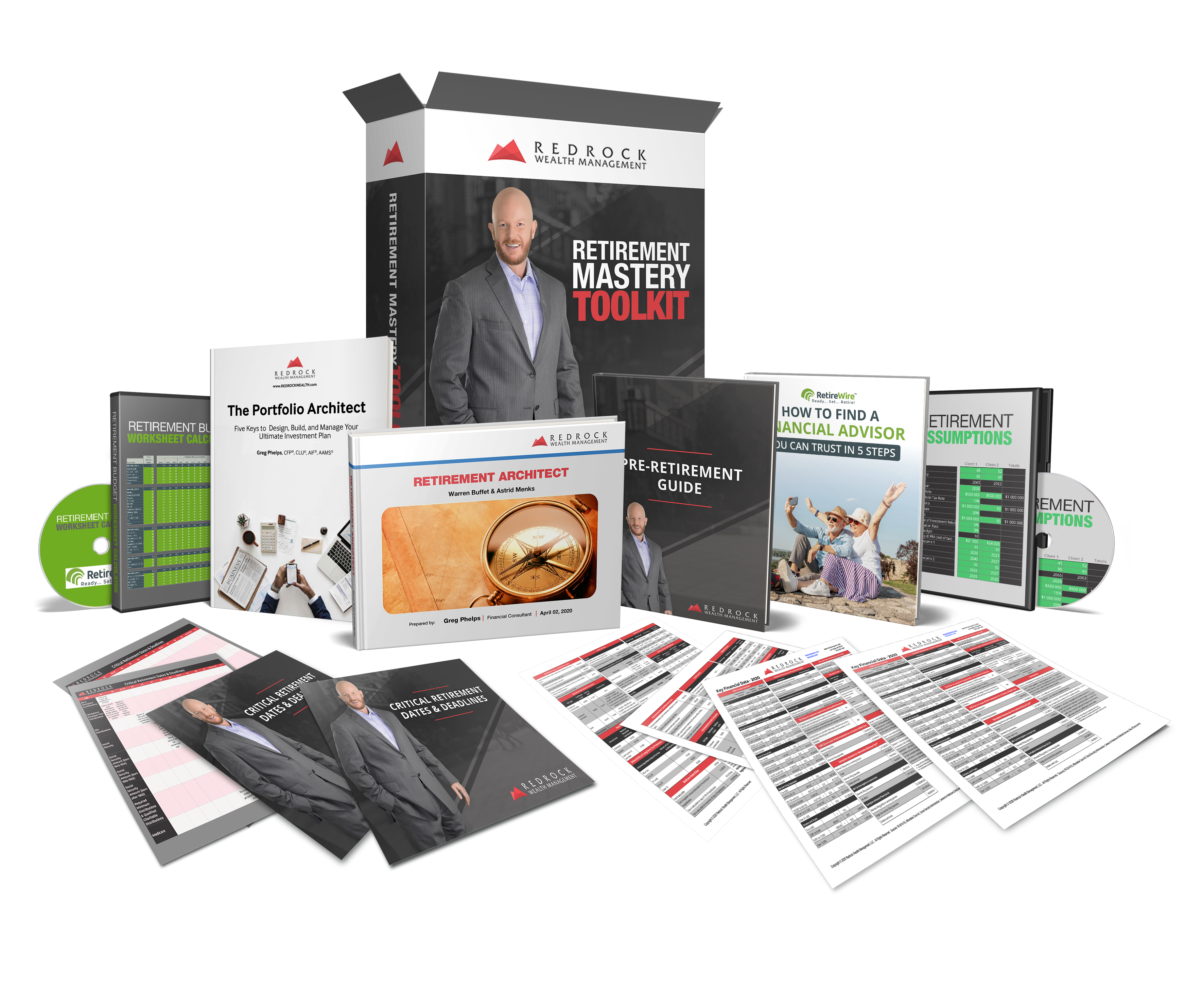Minimizing taxes is our specialty at Redrock. We will ensure that you’re paying as little as possible to Uncle Sam.
But how do we do that? We utilize a plethora of tax planning techniques that prevent you from paying unnecessary dollars to the government.
Asset LOcation
You’ve picked out the right investments and now you sit back and watch them grow. NOT SO FAST! You’re probably not aware that having certain investments in the wrong accounts can cost you hundreds, even thousands of dollars in taxes.
How’s this work?
Asset location is the process of placing certain asset classes in different types of investment accounts based upon the tax status of those accounts.
There are 3 primary types of accounts.
- Taxable – investments are taxable each year. All dividends, capital gains and interest are taxable in the year incurred.
- Pre-Tax – these are your IRA’s and 401k’s. These types of account grow tax deferred, although they are fully taxable as ordinary income at distribution.
- After tax – these are your Roth 401k’s and Roth IRA’s. Distributions are tax free, assuming you’ve met certain requirements.
Generally speaking, you want to have investments that are tax inefficient, such as your commodities, REIT’s, etc. in the most tax efficient accounts, like your Roth accounts.
On the flip side, you want to have investments that are tax efficient, like municipal bonds and US and International stocks in your IRA or 401k.
Although, you want to have your higher risk/higher growth stock positions in your Roth accounts because distributions are tax free and those stocks will appreciate the most over a long period of time.
As you can see, it’s not as easy as it looks, which is why you want to consult with an advisor who understands your entire financial picture and will put a financial plan in place to take advantage of asset location.
In fact, asset location can boost your returns 0.23% annually if executed properly!
Tax Loss Harvesting
Tax loss harvesting is when you sell an investment at a loss to lower your tax liability. You can also use losses to offset capital gains in your portfolio as well.
Although, there is a $3,000 limit for married couples and $1,500 for single persons on the annual amount you can offset ordinary income, but losses over these amounts can be “carried-forward” for future years.
For example, if you’re married, you can sell an investment in a taxable account at a $5,000 loss and use that loss to offset $3,000 of ordinary income and use the remaining $2,000 to carry forward for next year.
At Redrock, this is something we look in an ongoing capacity and is an excellent way to lower your tax burden.
Roth Conversions
A Roth IRA conversion is the process of transferring monies from your traditional IRA and “converting” those funds to a Roth IRA, all while paying ordinary income taxes on the amount you convert.
The main advantages of a Roth IRA is that you won’t have to take RMDs at age 72, unlike a traditional IRA, and that distributions from a Roth IRA are tax free.
This strategy makes sense if you believe that your tax rate in retirement will be higher than it is now, which none of us know for sure, but with low tax rates relative to other countries and with the US having $20 trillion in debt that needs to be paid down somehow, there’s certainly a good chance you’ll be paying more in taxes in retirement.
We run tax projections for our clients in the financial planning process and Roth conversions time and time again are a great way to save tens of thousands and even hundreds of thousands of tax dollars in retirement. This is money that’s staying in your pocket and not going to Uncle Sam!
You’ve paid enough in taxes and it’s time to slash them….LEGALLY!

0 Comments